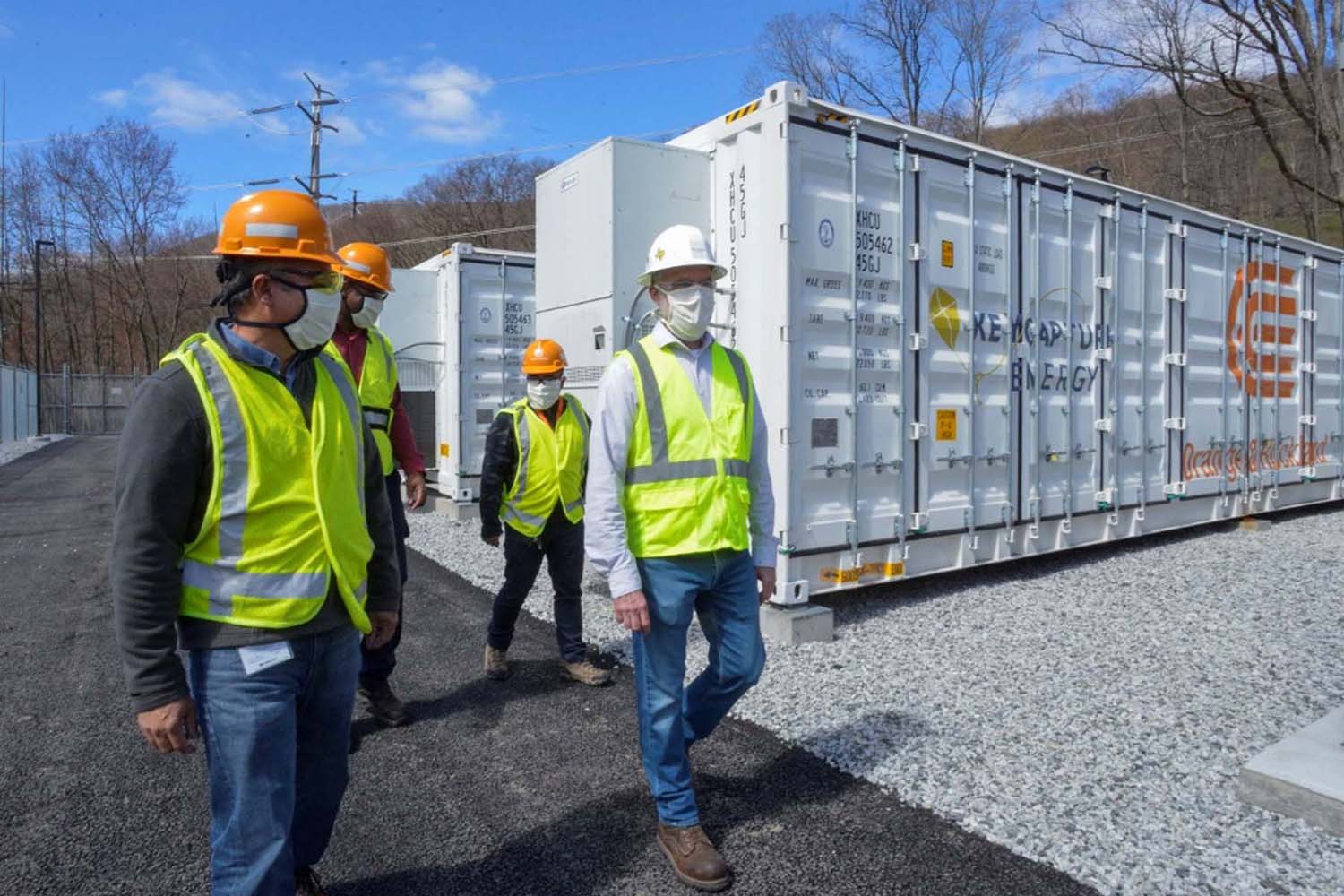
New York’s energy sector is undergoing a major overhaul to both enable the transition to cleaner energy sources, and cope with growing demand for electricity as trends like building and transport electrification pick up pace.
The state has a target in place to reach 70% renewable energy-generated electricity by 2030, and eventually hit net zero emissions across its electric system by 2040. In order to get to those goals, New York’s governor Kathy Hochul set a target for the deployment of 6GW of energy storage, while new transmission buildout is being planned.
While storage technologies like batteries can help shift energy demand, manage transmission congestion and provide ancillary services to the grid, thus benefiting the transmission network, there are other more specific applications for energy storage that can further help.
In some cases, where storage is treated as what’s called a “non-wires alternative” resource, rather than a market resource as in the applications above, it can reduce the need for expensive and time consuming upgrades to the transmission system itself.
To give a real world example, in Germany, grid operators have contracted with battery energy storage system (BESS) providers to put large-scale BESS systems at the end of long transmission lines that can increase their hosting capacity and reduce the need for N-1 redundancy. System integrator Fluence was recently awarded one such 250MW project, the company’s second for network providers in the European country.
Back in the US, New York energy storage trade association and technology accelerator group NY-BEST in January published a study which looked at use cases such as the German TSO’s ‘Grid Boosters’, as well as others more specific to New York.
In each case, storage was found to offer significant savings against the capital cost of more traditional transmission assets. In one instance, a 200MW/200MWh BESS as an alternative to new transmission wires would cost about US$120 million, which sounds like a lot until the US$700 million cost of new transmission infrastructure to do much the same job is considered.
There would also be annual savings of about US$10 million to both the area local to the asset, and about the same sum if not more in savings to the state-wide energy system, the NY-BEST study found.
NY-ISO urged New York authorities to adopt the storage as transmission paradigm, while another grid and market operator in the US, ISO New England, produced its own study at the beginning of this year that also found in favour of the storage as transmission model.
Regulatory definition and treatment needs some work
However, Zoellmer’s report points out, energy storage is still treated as a generator asset in NYISO’s tariffs, meaning it cannot be evaluated as a transmission asset in the interconnection process, and there are no methods by which it could be operated as one.
The earlier study by NY-BEST found that allowing energy storage systems to serve wholesale market applications as well as transmission asset services could be an effective way to reduce the capital cost of investment and enable returns for developers.
Yet, as pointed out in Zoellmer’s NYISO report, storage as transmission proposals filed with federal regulator FERC by other ISO and RTO organisations across the US are for ‘storage as transmission only assets’ (SATOAs). That means they would not be eligible to participate in other wholesale markets.
Even though FERC itself recognised that wholesale market participation would allow developers and other stakeholders to recover costs of investment in storage systems, there are a number of regulatory barriers and hurdles to dual participation. These include the need for ISOs and RTOs, effectively the customers of the storage system, to be independent and stay out of market participation.
In the next steps for NYISO, the feasibility of creating specific rules for storage as a transmission asset (SATA) will be examined, as will use cases specific to the ISO’s service area.
New York State does have a couple of non-wires alternative projects in operation already, but these are at the distribution network level. Key Capture Energy, one of the developers of one such project, for utility Orange & Rockland in Upstate New York, is part of a consortium proposing a large transmission network project led by Avangrid, which would include 600MWh of BESS alongside new wires infrastructure.


